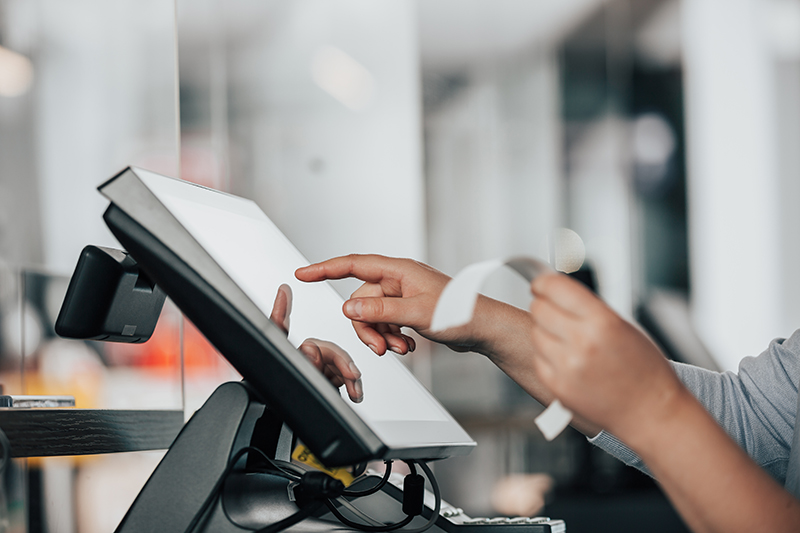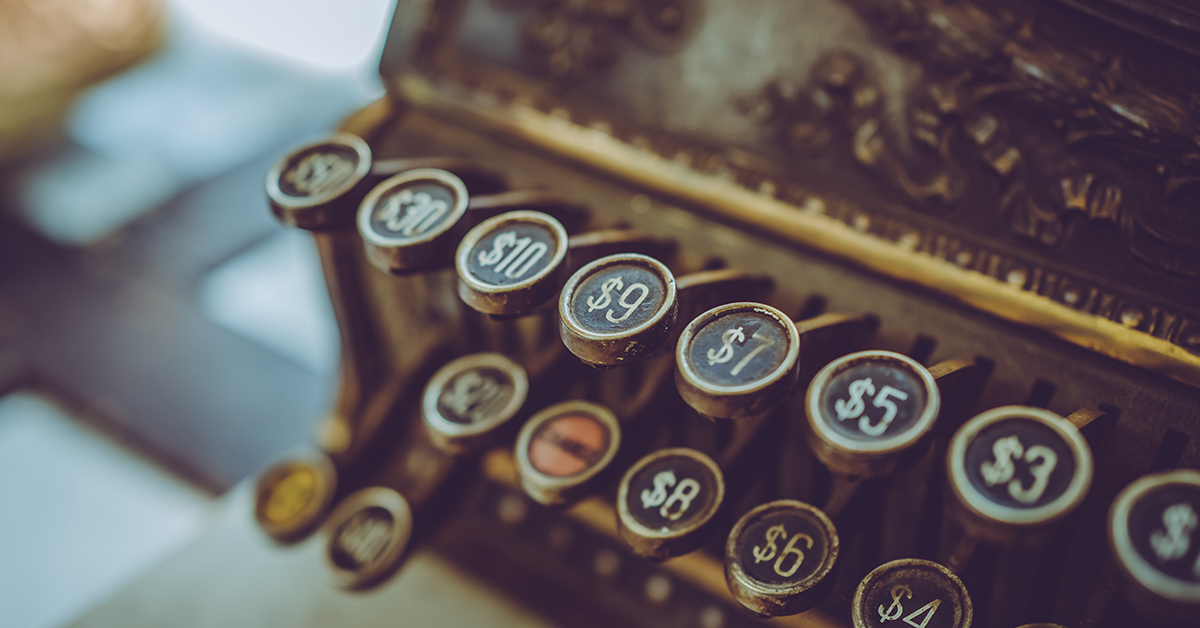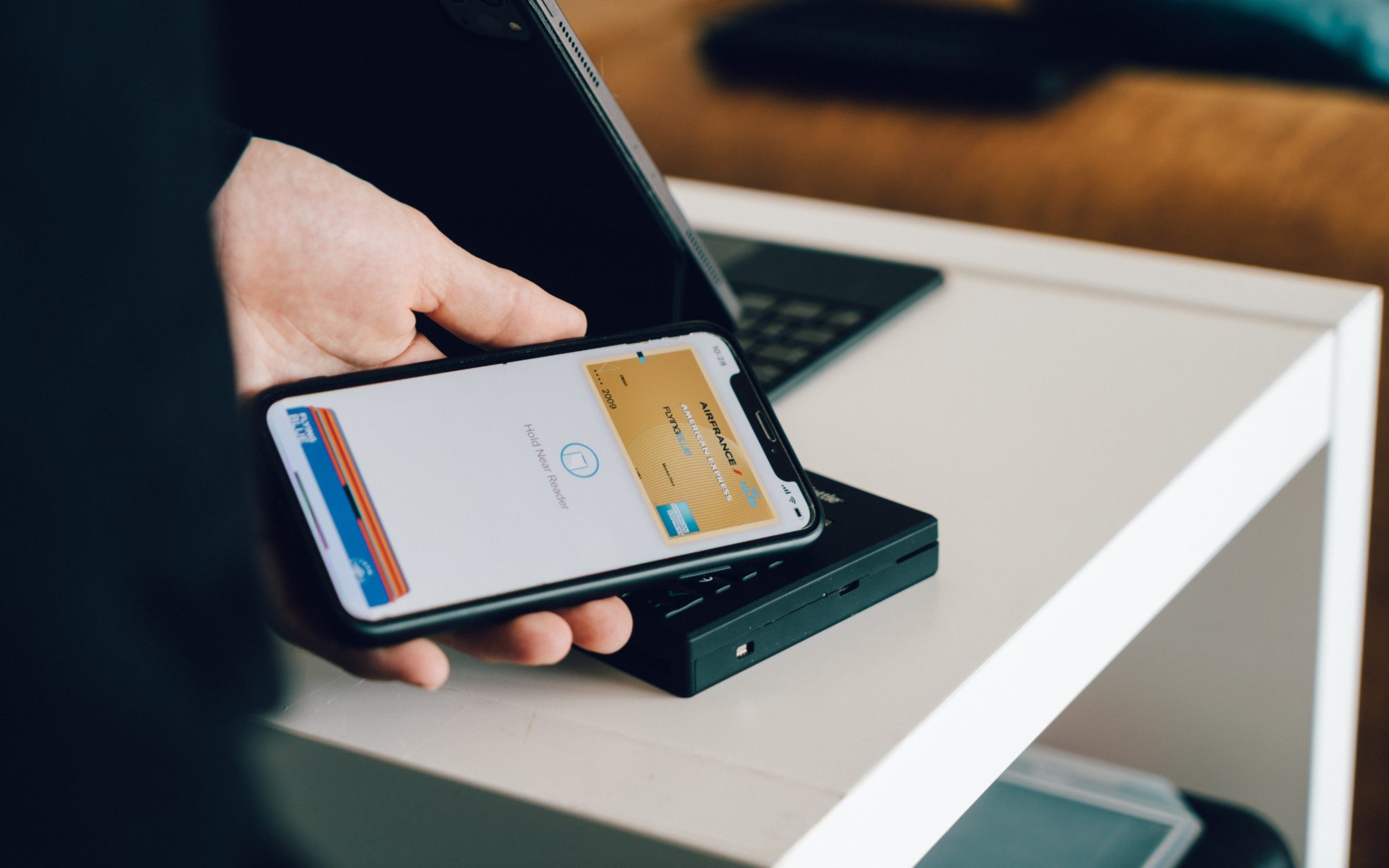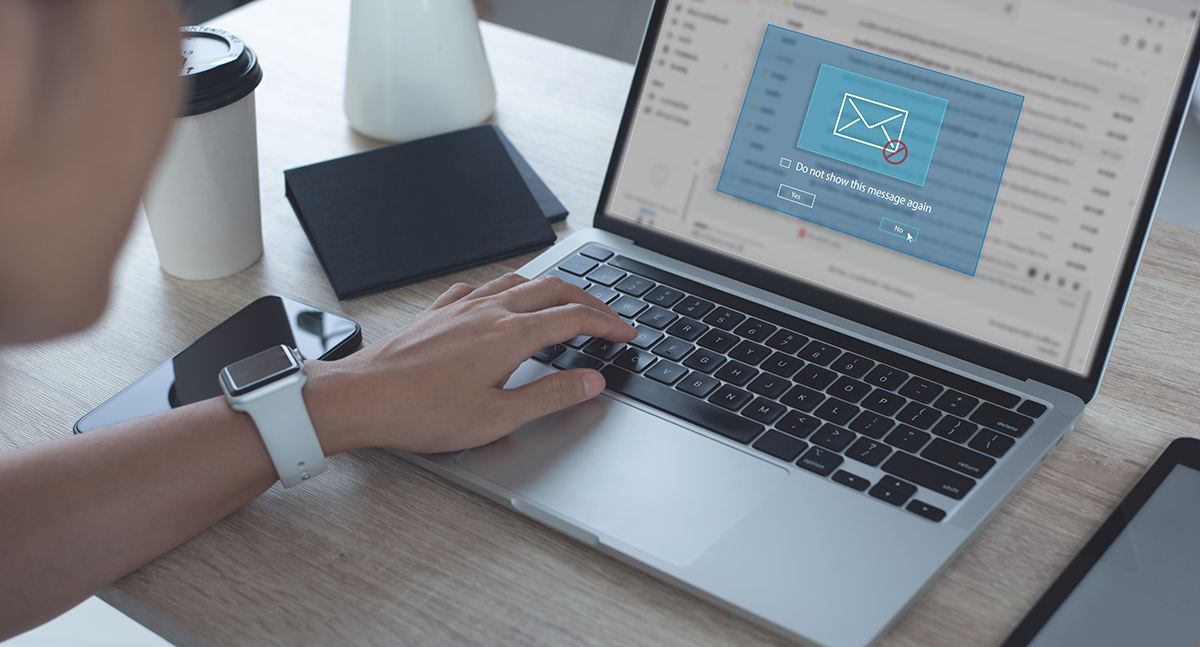Long ago when outlaws roamed the streets of shabby towns in sand-ridden plateaus, and people took you at your word, there were not many options for truth. We’ve come a long way since then, documenting identity with birth certificates, social security cards, and fingerprints.
Fingerprints, those darned things follow you everywhere, leaving smudgy works of art on your iPhone screen, and colorful chocolate patterns on your kid’s shirts. They’re unique to every individual, and you can pull yours up faster than an app on your phone. This was the mentality of Apple when they decided to add a fingerprint sensor to their new iPhone 5s. A great innovation in terms of accessibility!
Ok, enough with the background info, let’s talk about the future. Innovations like Apple’s come around quite often these days, but it’s the way this technology is implemented that makes it so unique. Apple allows you to use their fingerprint sensor to log in to their App store and validate your identity. With a swipe of your finger, you can pay for that extra Millenium Falcon pack in Angry Birds: Star Wars. So, what else can you do with it? Well, nothing at this point, but Apple is expected to release a way for developers to build this technology into their iPhone apps. Now, I’m going to make a few predictions about how this technology will be utilized in the retail industry, but feel free to innovate along with me.
For retailers, the ability to know your customers is key. Consider this Link as a buffer to my next thoughts. Ease-of-use is as important to the consumer as the price nowadays. So imagine having a customer come up to your register with a handful of goods, taking out their phone, and swiping their thumb over their phone to pay. Similar to Google’s Wallet, Apple may build a payment system with their phones in the next few quarters. Fantastic stuff!
But as always, being able to advertise unique and relative information to customers is a big deal. With Counterpoint, you can use Customer Connect to send email blasts to your customers with content that is based on their previous purchases. Apple has been clear that they intend to bring BLE (Bluetooth Low-Energy) to consumers in a whole new way with iBeacons. Strategically placing these iBeacons around your store, customer’s phones act as a sort of GPS, showing you which items people are staring at the most, or even allowing you to send targeted ads to that person’s phone if they are standing in front of those cool fluorescent-pink sweaters (they are so “in” right now). By combining iBeacon, AirDrop, and Touch ID, there are more complex opportunities for both retailers and consumers. For cashiers, collecting customer email addresses has never been easier. Rather than hounding patrons at the register, retailers can prompt them to sign up for their e-newsletter with a free coupon through AirDrop, allowing them to opt-in by using their fingerprint to ship off their associated email address.
There are many other uses for this fingerprint technology and many combinations of technologies that will be used. From a retailer’s standpoint, this tech will help you connect with your customers faster, easier, and more often. For consumers, you can get deals faster, easier, and more personal experience. I think this is just the beginning, but I am excited to see all the apps and hardware that take advantage of this technology and help round out the flaws in connecting with customers. Just keep in mind, Fingerprints are the Future.
- – Jason B. Web Architect/Developer



